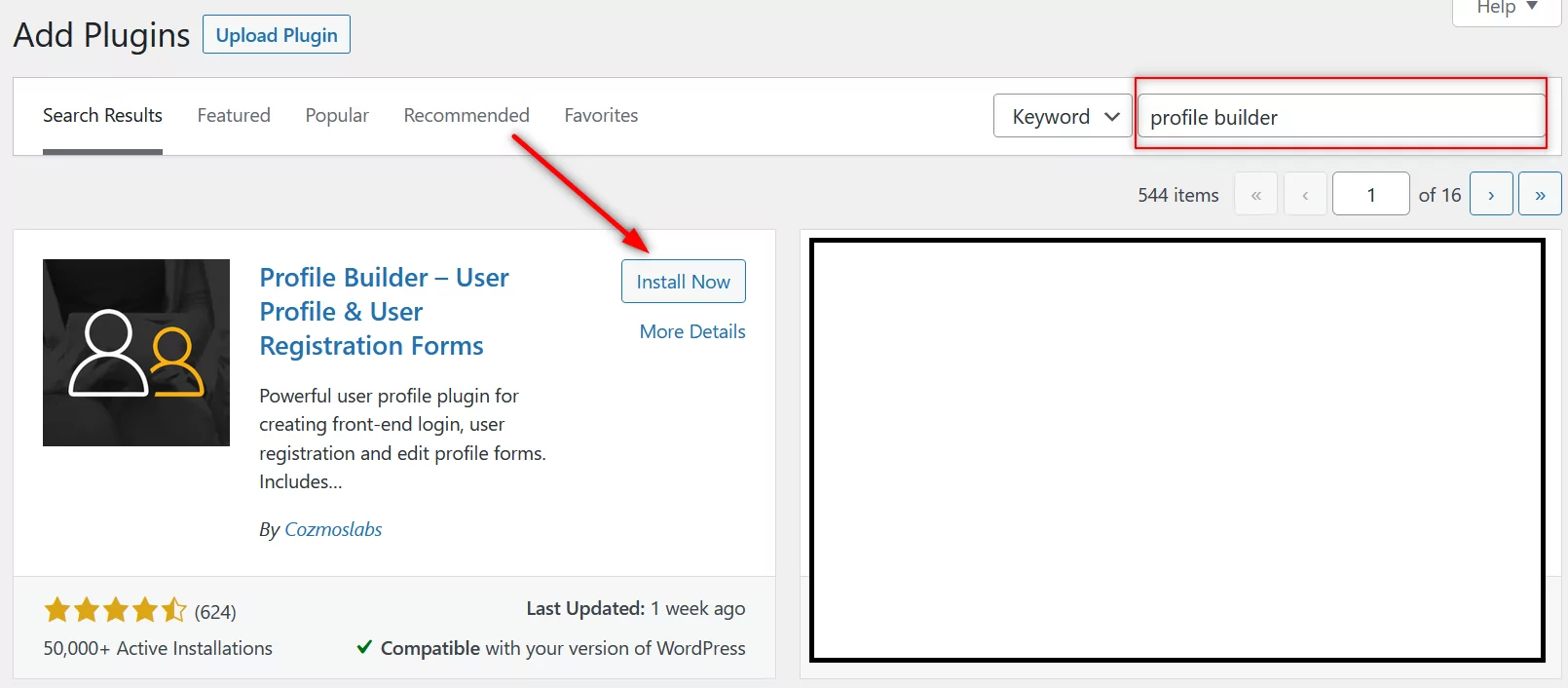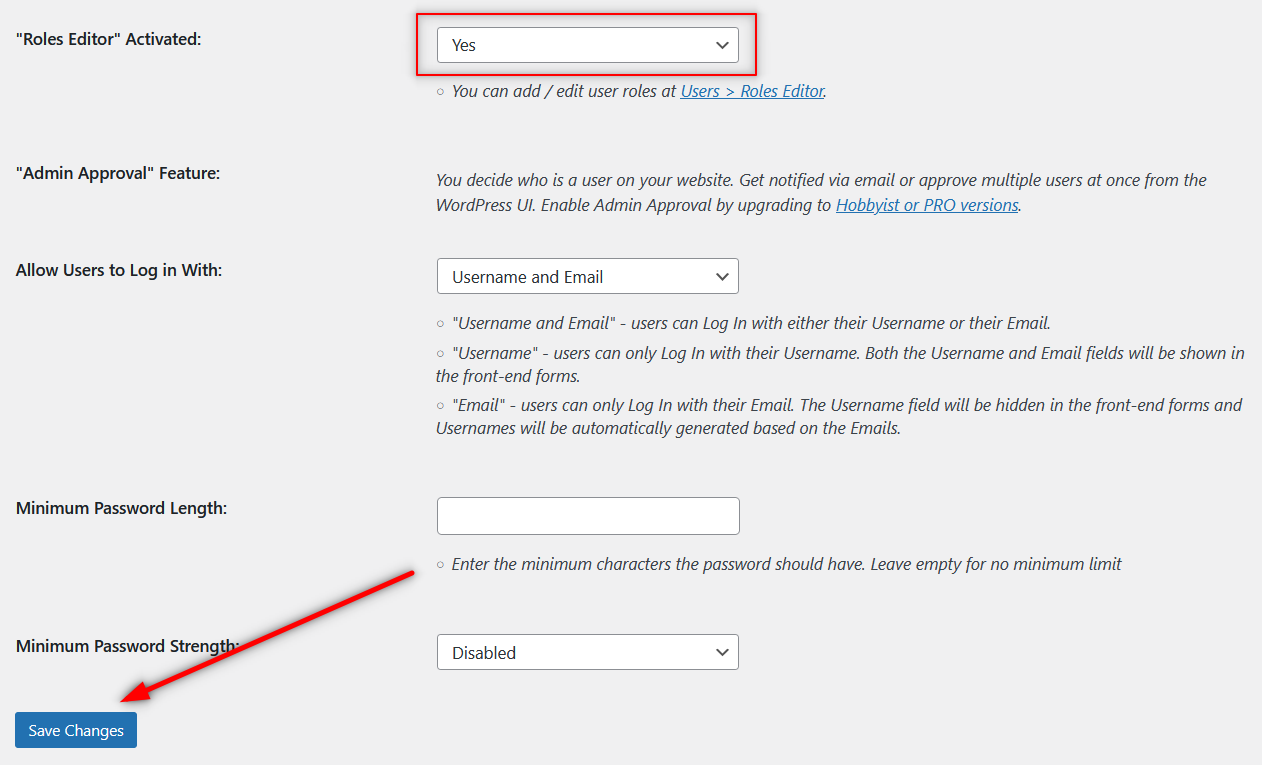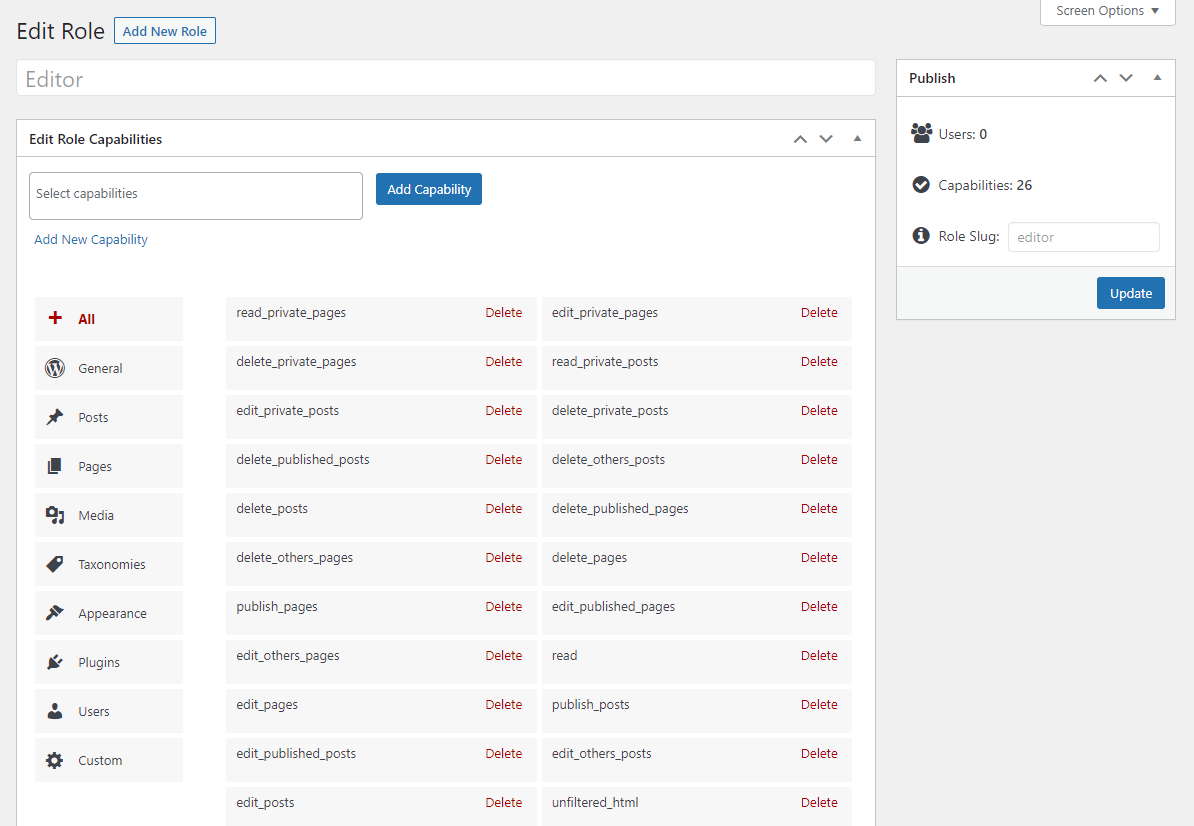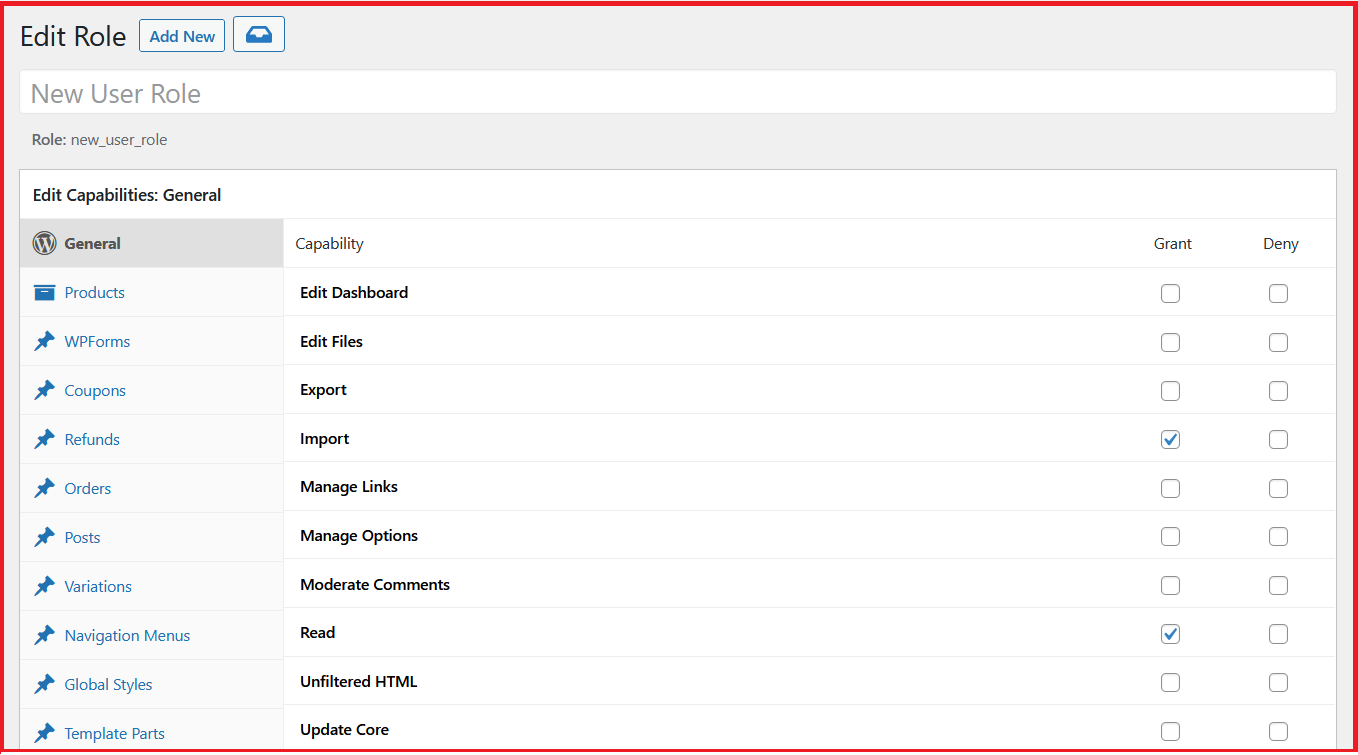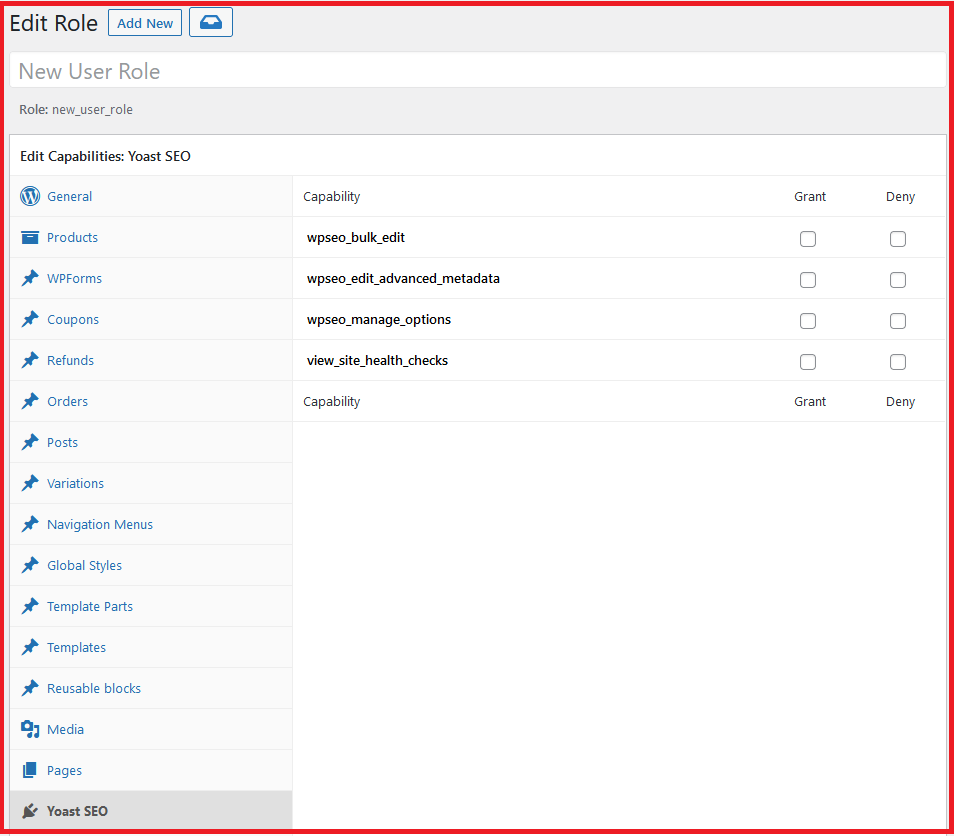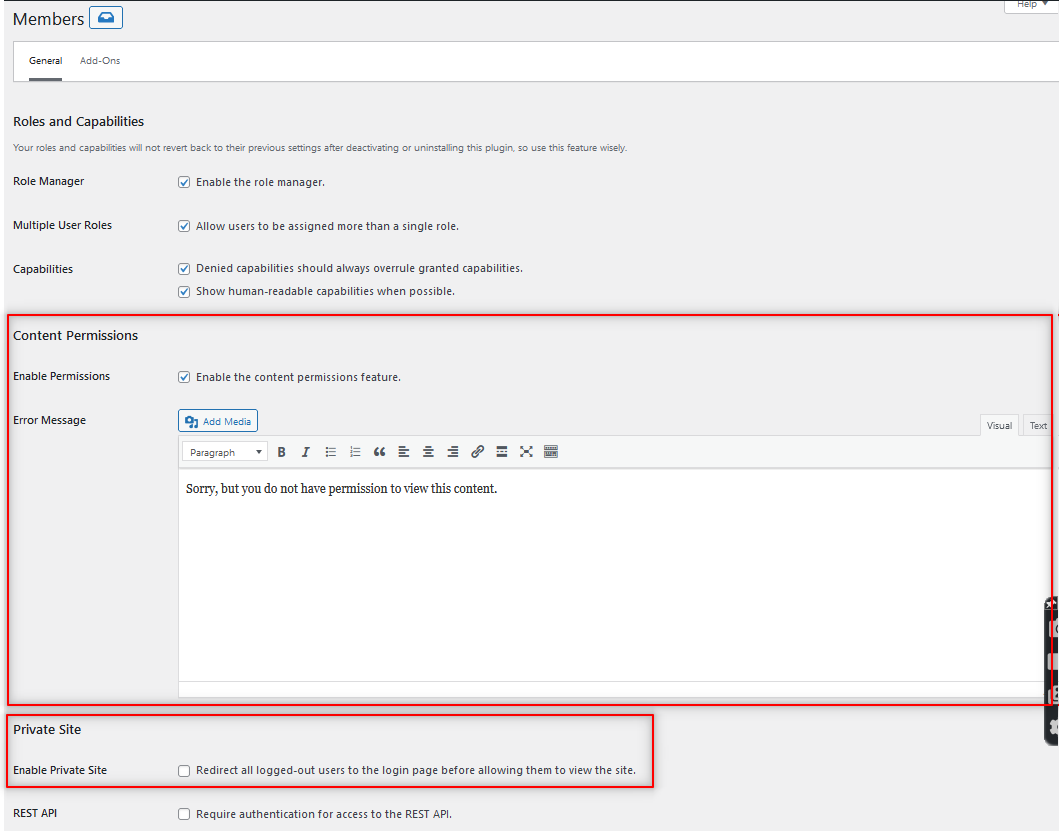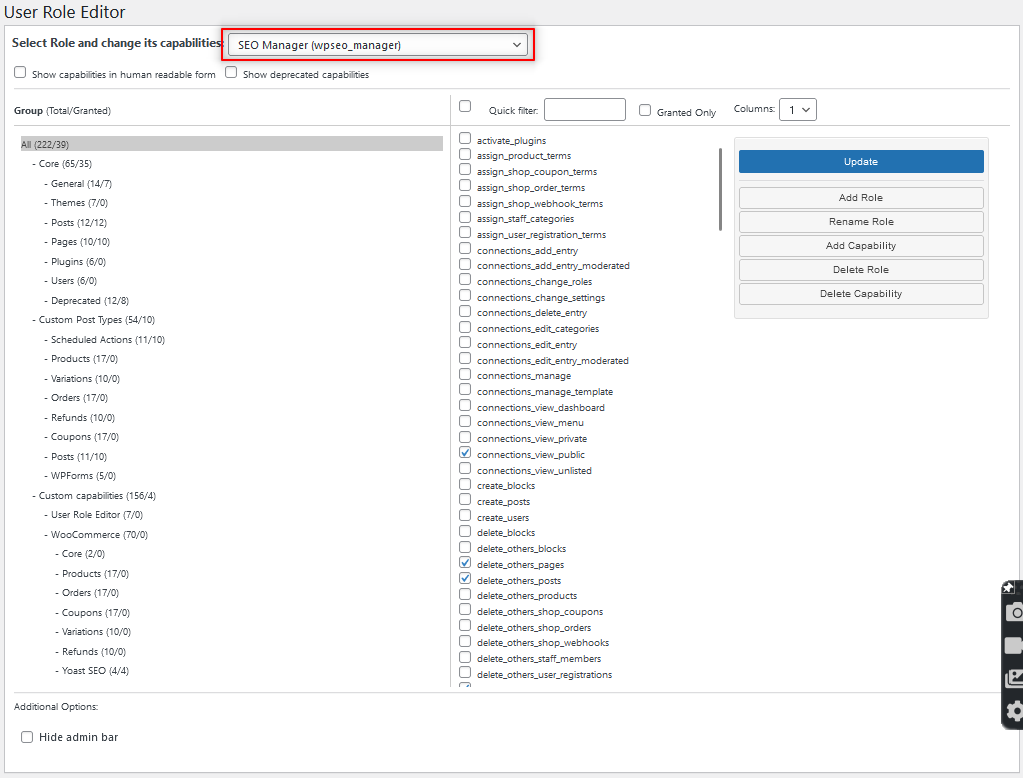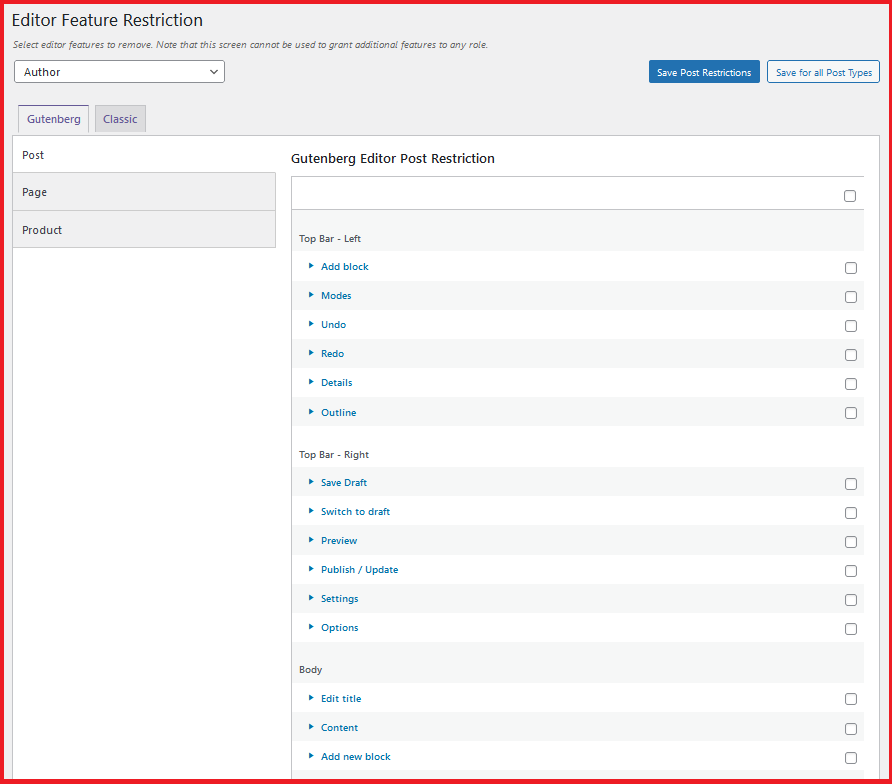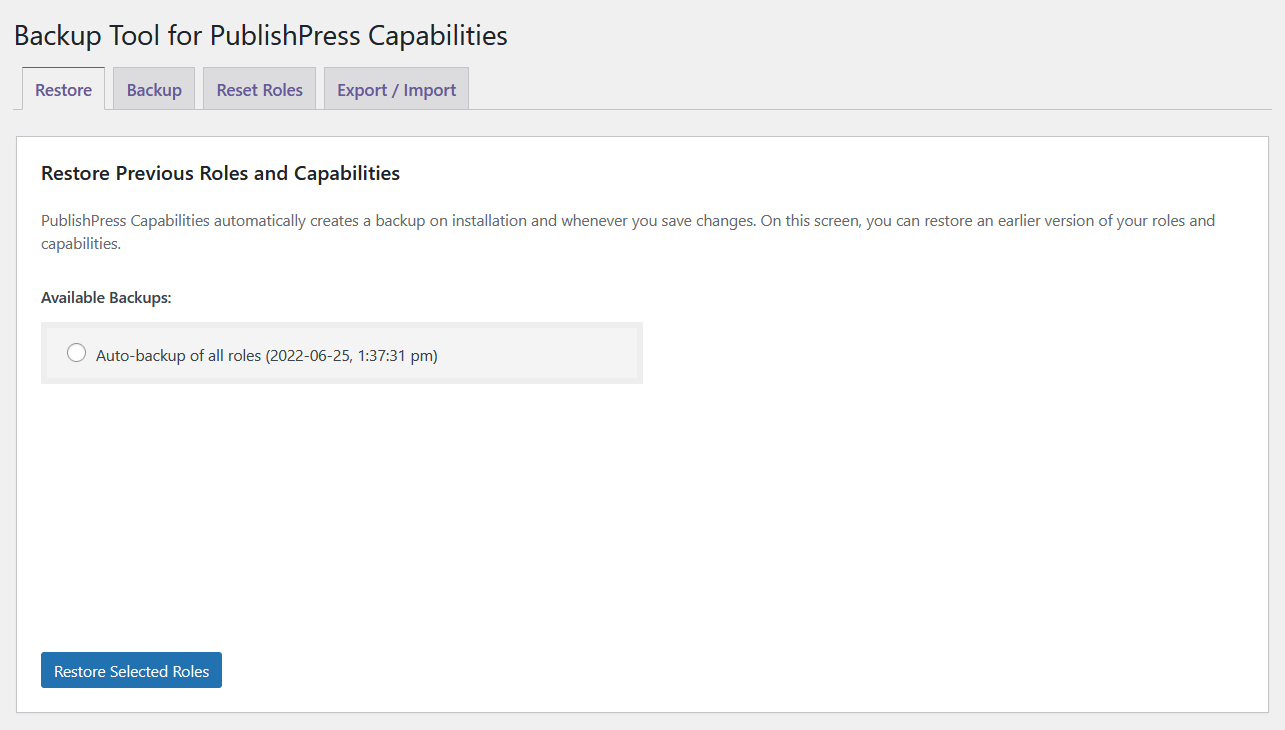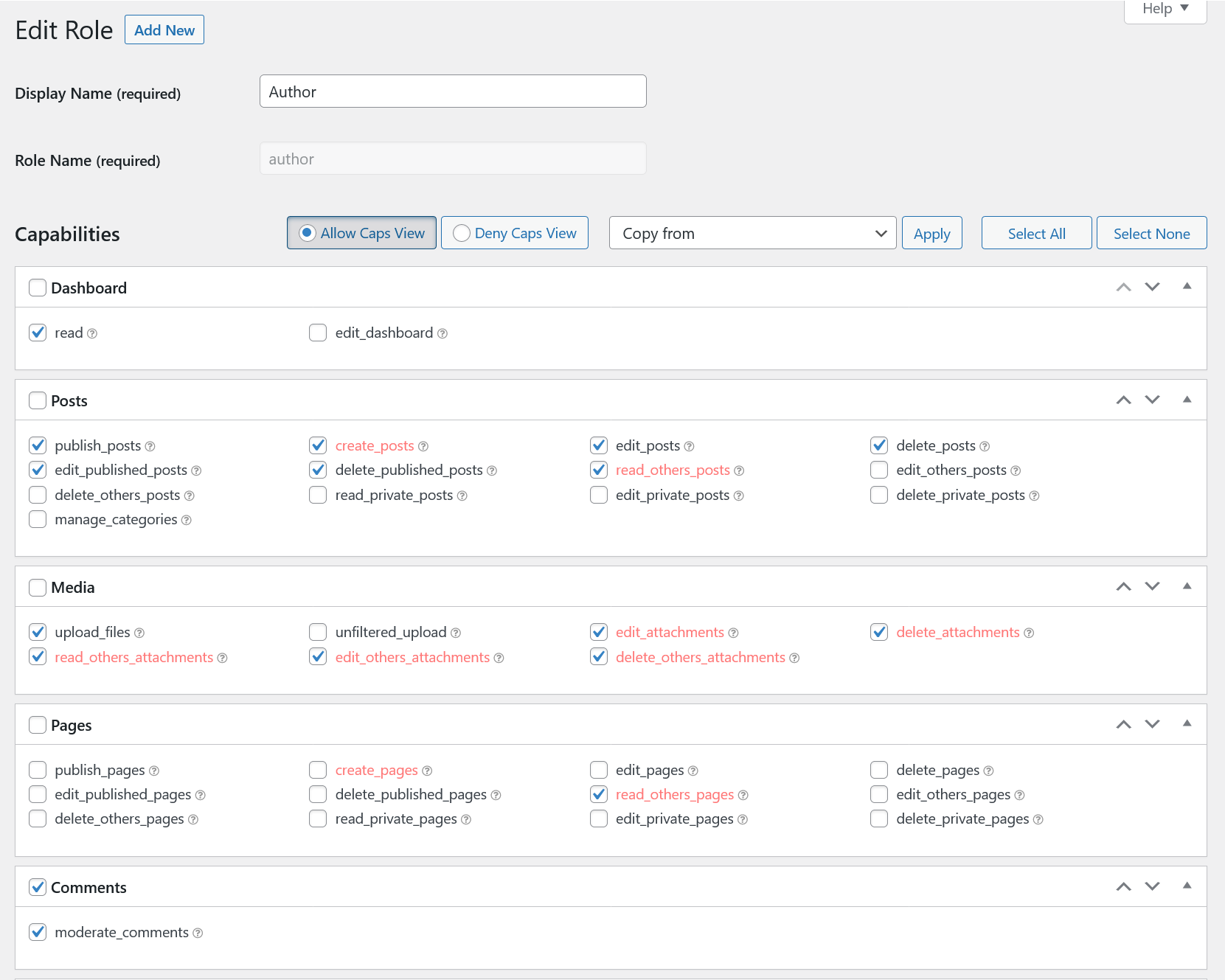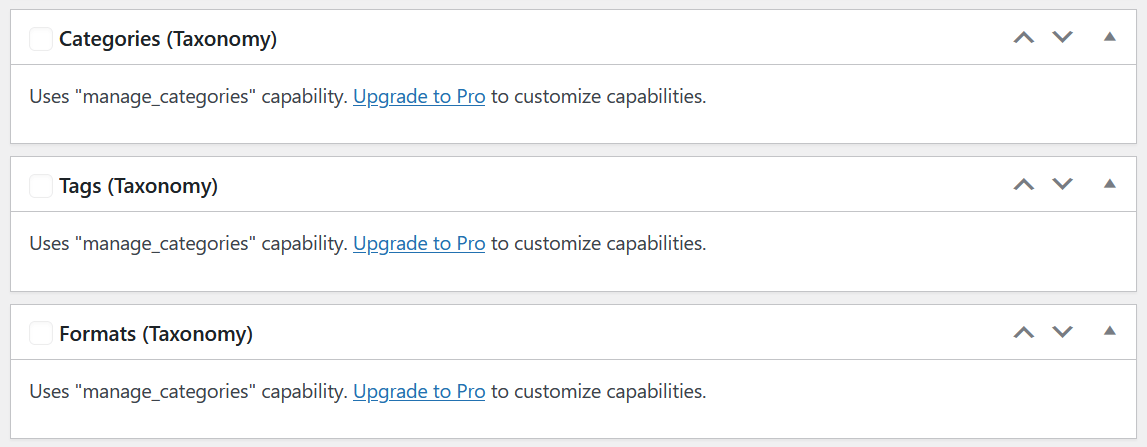
Table of Contents
If you’re running a WordPress website where you allow user registrations, a WordPress permissions plugin can make your life easier. It would allow you to manage user permissions in a few clicks without having to touch the code.
However, you need to put some thought into choosing the right WordPress user permissions plugin. This is especially because while some of these plugins are solely designed to be user role and permissions plugins, some others can be a complete user management solution for your website.
So let’s go through a few important factors to consider when choosing your WordPress user role permissions plugin.
What to Look for in the Best WordPress Permissions Plugin?
Well, as with pretty much every type of WordPress plugin, there are a lot of options when it comes to a WordPress permissions plugin as well. However, you need to have a good understanding of what you should look for when choosing a WordPress user permissions plugin.
That being said, here are some of the most important features to consider.
Ability to Customize Permissions Completely
When you’re looking for a WordPress permissions plugin, it’s only natural that your most important consideration should be the ability to customize permissions. Similarly, the flexibility and control you get here are very important.
In other words, the ability to add new permissions to a user role is great, but what about creating a completely custom WordPress user role with custom permissions? Your WordPress plugin to change role permissions should allow for that too.
The ability to set certain new user roles as default user roles can be an important requirement for some site owners as well. And you should be able to add new permissions as well as delete existing ones for default user roles, just like for the other user roles.
Types and Range of Permissions
When you want to manage user permissions, you would want to have access to every little permission or capability your user role could have. Similarly, it’s better if the permissions are as specific as they can be, rather than just allowing access to a few broad permissions.
For instance, granting editing permission shouldn’t mean that the user role would be able to edit both posts and pages. You need to have the ability to grant the user role either the WordPress page permissions or post permissions. They shouldn’t be a broad combined package.
Complete User Role Management
When you’re looking for a WordPress user permissions plugin, you’re not just looking for a solution to help you manage user permissions. You might also want other additional functionalities related to user role management.
For one, you should be able to add new user roles on your WordPress site. Just like how you can edit user roles in WordPress by changing their permissions using the plugin.
Some of the more sophisticated WordPress permissions plugins also allow for cloning user roles. This makes your job easier if you’re looking to create many similar user roles on your WordPress site.
Other User Management Features
If you’re looking to manage user roles and user permissions on your WordPress site, it’s only natural that you would also want to have other user management functionalities.
After all, if you need the have the ability to manage user roles on your WordPress website, you will obviously also want to be able to create a customized user registration page. The same goes for other important user pages like a login page, reset password page, create password protected content, and more.
Similarly, if you’re running a WooCommerce store, you will want your user management plugin to offer certain functionalities like the ability to hide a category in WooCommerce. Some of the better user management plugins are also flexible enough to serve your site as a WooCommerce social login plugin and a WooCommerce My Account page customization plugin.
Best WordPress Permissions Plugins Reviewed
So now that you have a good bit of idea about what to look for in a WordPress plugin that helps you change role permissions, let’s walk you through the best options out there.
Profile Builder
Profile Builder is the best WordPress permissions plugin offering all possible customizations with respect to managing user permissions. However, it goes well beyond being just another WordPress user permissions plugin.
It turns out to be a complete user management plugin for both WordPress and WooCommerce. Ranging from helping you create all the important user pages to implementing specific functionalities on your WooCommerce store, it comes packed with a wide range of important user management features.
Moreover, it’s also very user-friendly. It lets you control and manage advanced functionalities without having to touch the code or have an understanding of any technical factors.
With Profile Builder, you would be able to add new user roles, edit existing user roles, manage permissions for all user roles, make changes to default user roles, clone and delete user roles, change the role for existing users as well as assign multiple user roles to a single user.
In fact, if you’re running a WooCommerce store, Profile Builder also offers the ability to hide products by user roles in WooCommerce.
You can get all the user role and permissions features in the free version of Profile Builder. However, you would need Profile Builder Pro to get access to a lot of advanced functionalities, such as the ability to enable and approve user registrations on your WooCommerce site.
Some of the other advanced functionalities that come with Profile Builder Pro include:
- Setting up custom redirects, such as a WordPress logout redirect or a WooCommerce login redirect;
- Creating a custom member directory, including the ability to use Profile Builder Pro as a WordPress staff directory plugin;
- Create a WooCommerce login shortcode to build a customized login page for your store;
- Create multiple registration forms on your site;
- Customize your WordPress emails for registration and more;
- Create premium or private sections on your site, or create a completely private website from scratch;
- Integration with popular services like BuddyPress and more;
- WooCommerce integration is also only available with the pro versions.
How to Edit User Permissions with Profile Builder
Coming back to the user permissions functionality, managing permissions with Profile Builder is incredibly easy. You need to install and activate Profile Builder from your WordPress dashboard first.
Then click on the Settings option under Profile Builder and make sure the “Roles Editor” Activated dropdown menu is set to Yes.
Once that’s done, you will find an option under Profile Builder – Roles Editor. Click on the Edit link under the user role you want to edit. And then you will be taken to the page where you can manage all the permissions easily.
As you can see in the above image, you can easily add role capabilities to your WordPress site’s users by clicking on the Select capabilities field. You will find a long list of permissions covered under different categories.
Similarly, you can also delete the permissions you do not want that particular user role to have by simply clicking on the Delete link beside the permission.
That is it. Once you’re done, you can click on the Update button you see on the top-right part of the page.
A Complete User Management Plugin
This is how you can easily use Profile Builder to change WordPress role permissions. But as we said, you should go for one of the pro versions of Profile Builder if you’re looking for a complete user management solution for your WordPress website. Both the plans come with a year of support and updates.
Profile Builder Pro
Manage WordPress user permissions in a few clicks while getting all user management functionalities in a single package with Profile Builder Pro.
Get Profile BuilderMembers – Membership & User Role Editor Plugin
Members is a more flexible WordPress user permissions plugin that’s completely focused on managing user roles and user permissions.
One of its more unique features is the ability to specifically deny certain permissions to a specific user role. This means that even if a particular permission is allowed to all user roles, you can explicitly deny it to a specific user role.
It also allows you to manage micro-level permissions, including the ability to manage plugins.
In fact, if you’re using Yoast SEO, you can choose to use the “give WordPress user access to one plugin” functionality. So the user roles you choose would have access to Yoast SEO.
It also has certain useful additional functionalities like content restriction and the ability to create a private WordPress website.
You also get all of Member’s add-ons for free. Some of them include:
- Specific customizations related to role management for category, tags, and some core functionalities like create_posts and create_pages;
- Create specific capabilities related to privacy and personal data (GDPR) on your site;
- An add-on that helps you create a hierarchy within your user role system;
- Specific role capabilities that let you control whether blocks (in Gutenberg) are shown or hidden to specific user roles;
- WooCommerce integration.
There’s no premium version for this plugin, although they do offer to sell another different plugin for site owners who are looking to create a membership website.
User Role Editor
User Role Editor is a simple WordPress permissions plugin. It’s specifically designed to change role permissions in WordPress and manage user roles. And it does a pretty good job at that.
Once you install and activate User Role Editor, you will see a User Role Editor option under your Users menu on your WordPress dashboard. When you click on it, you will be able to choose the user role you want to edit permissions for from the dropdown menu at the top.
Similarly, you can see the long list of available permissions right below that. You just need to check or uncheck those permissions for the selected user role.
Once you’re done, you can go ahead and click on the Update button at the top-right of your screen.
If you’re not looking for many advanced functionalities or a complete user management solution, User Role Editor may turn out to be a good choice. It even allows you to manage permissions for WooCommerce user roles in the free version itself.
In fact, the free version is pretty much good enough for everything related to managing user permissions. The paid version, however, would help you do away with the ads.
It would also offer some additional pro functionalities like hiding certain menu items or widgets based on user roles or logged-in status of the users and restricting access to certain posts and pages for selected user roles.
PublishPress Capabilities
PublishPress Capabilities is another user role plugin that’s simply designed to manage user roles and user permissions. It gives you the ability to customize all your WordPress user roles.
One of its noteworthy features includes the ability to restrict certain areas of the Gutenberg and Classic Editor for your user roles.
Another highlighting feature is that it creates a backup every time you make changes to user role permissions on your site. You can use this backup to restore your site to its previous state in case something goes wrong when changing WordPress role permissions.
It also allows editing WooCommerce role permissions in its free version too. Other than that, it also has all the standard features. You can add a new user role as well as edit an existing user role.
The pro version does offer certain additional functionalities like denying access to frontend menus and admin menus for your selected user roles.
WPFront User Role Editor
WPFront User Role Editor is another popular WordPress permissions plugin. You can edit user roles easily after installing and activating the plugin on your WordPress site.
Just click on the All Roles option under the Roles menu. You will see a list of all the user roles active on your WordPress website.
Then click on the user role you want to edit the permissions for. You will land on a page with a pretty user-friendly interface. You can edit permissions in two modes: Allow and Deny.
Just check and uncheck the permissions as you want and click on the Update Role button at the end.
Now, you get all the basic features and functionalities for free. You can also add new user roles for free. Then there’s also the ability to set certain user roles as default user roles.
You can easily restrict the WordPress page permissions for certain user roles. And of course, manage all the other similar user permissions too.
However, there are certain functionalities that are only available with the pro version. They include WordPress change role permissions related to categories, tags (taxonomies), and formats.
Certain advanced functionalities like managing navigation menus and widget permissions are also only available with the pro version. The pro version also allows you to create login redirects for your users.
Profile Builder Is the Most Complete WordPress Permissions Plugin
Using lots of different plugins for different smaller tasks is not a good idea. It not only makes site management much more challenging for you but also burdens your site’s resources.
Your website’s speed is an important SEO factor, and using too many plugins is going to lead to a slower loading site.
And this is precisely why it makes sense to go for Profile Builder. It covers every area of user management for your website and offers a lot of advanced functionalities.
Moreover, it offers every possible customization with respect to user roles and changing role permissions. Give it a try today and you will be glad you did!
Profile Builder Pro
Profile Builder Pro is the best solution for not only managing user permissions but the entire user management of your WordPress or WooCommerce website.
Get Profile BuilderDo you still have questions about what a WordPress permissions plugin can do to help you out? Let us know in the comments below!
Related Articles

Profile Builder Update: No More Profile Builder Hobbyist?
If you’re already a Profile Builder user, you might have noticed some changes around here in the past few weeks. And that’s especially if you’ve purchased the Hobbyist version of Profile Builder. And you’d be right! Some changes did take place within the plugin, and thus, that’s what we’ll talk about in this blog post, […]
Continue Reading
Top 10 Gravity Forms Alternatives You Need to Consider in 2024 (Free & Paid)
In the market for Gravity Forms alternatives? I think you will agree that finding the best online form builder is a bit tricky, especially with the many options out there. One such option is Gravity Forms, a well-known form builder in the game. But even with all the rave reviews, is it the best software […]
Continue Reading
Create a WordPress Business Directory (Best Plugins & Tutorial)
Many types of websites could benefit from adding a simple WordPress business directory. For instance, you may want to make it easy for users on your membership site to get to know each other. Or, you might want to present your employees in a professional way. Whether you want to create a fully-fledged WordPress business […]
Continue Reading
